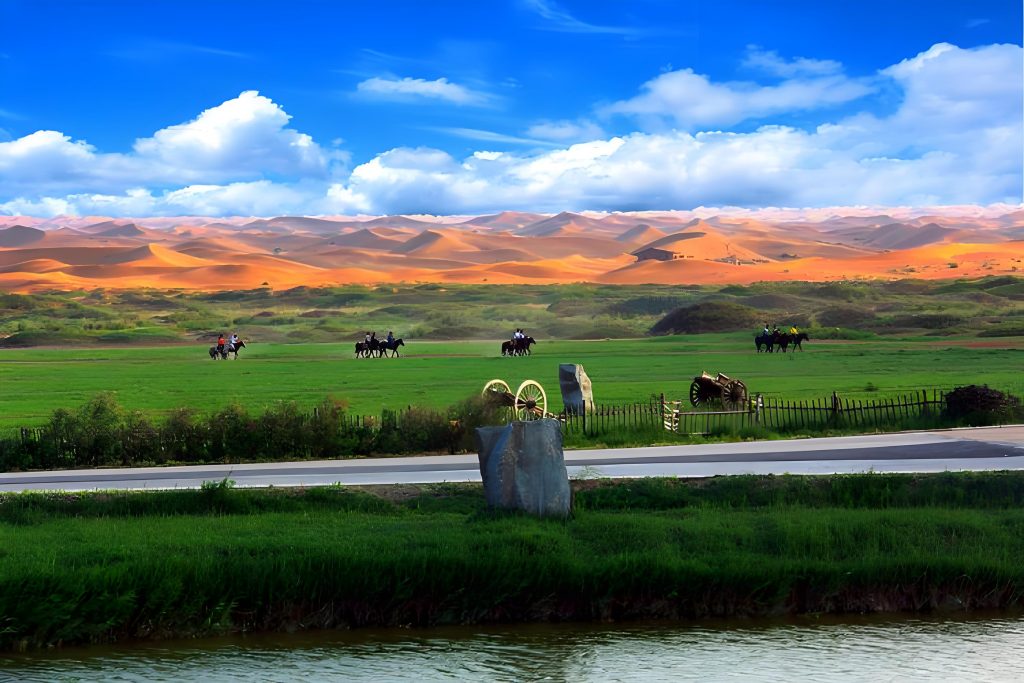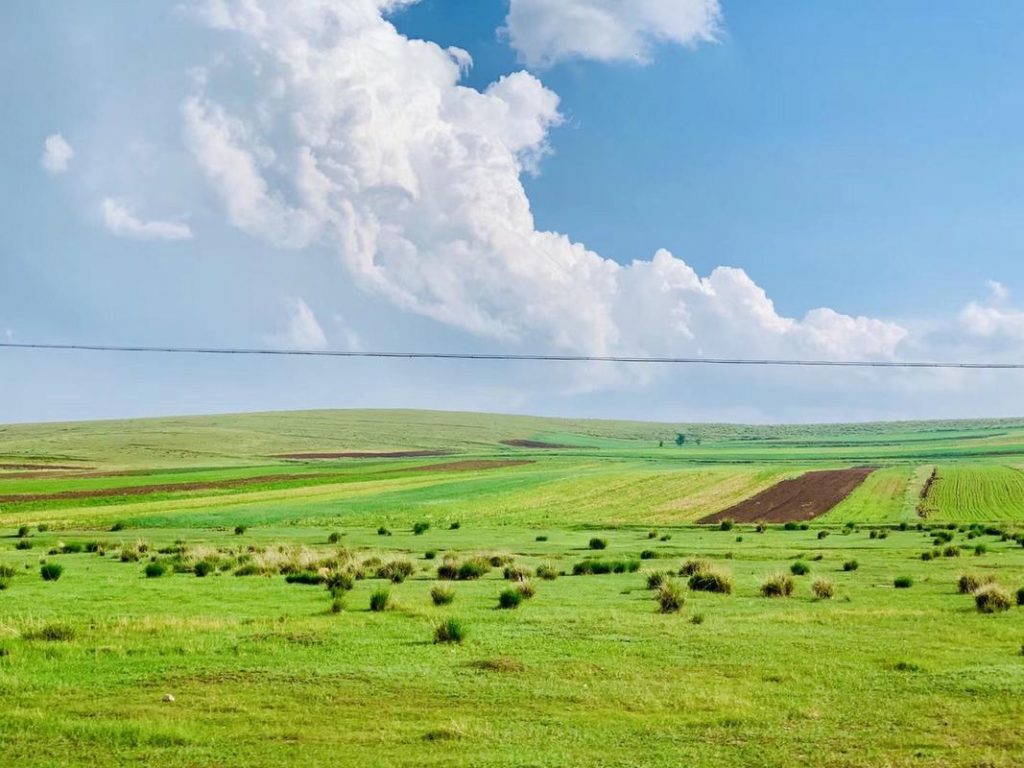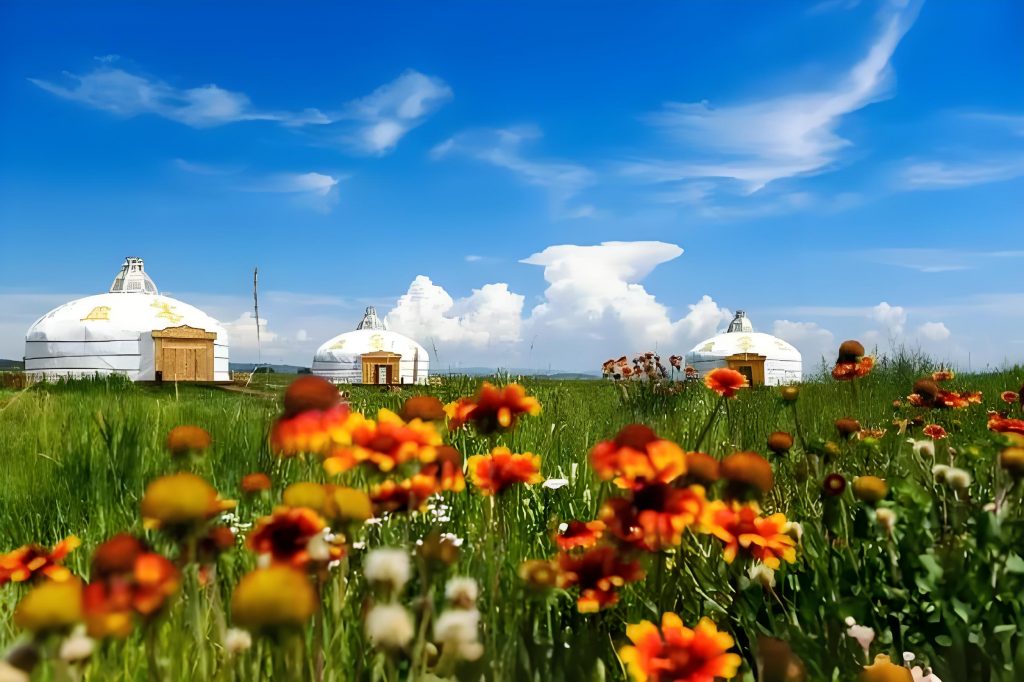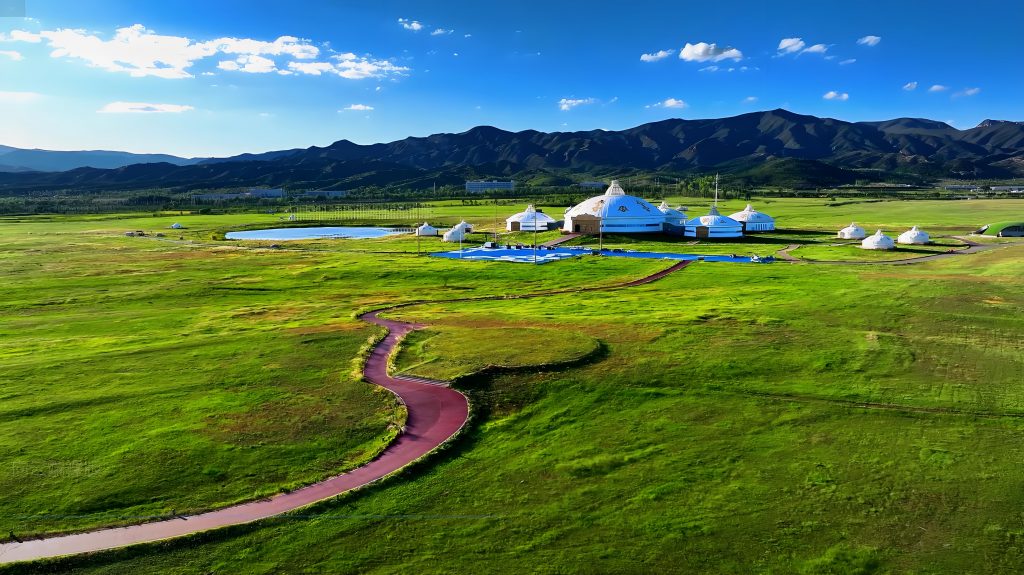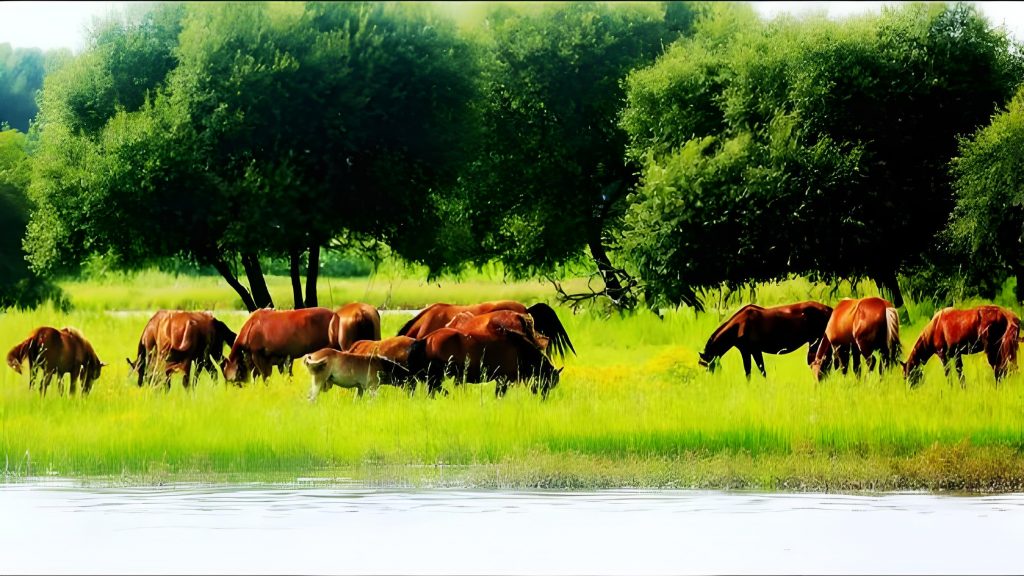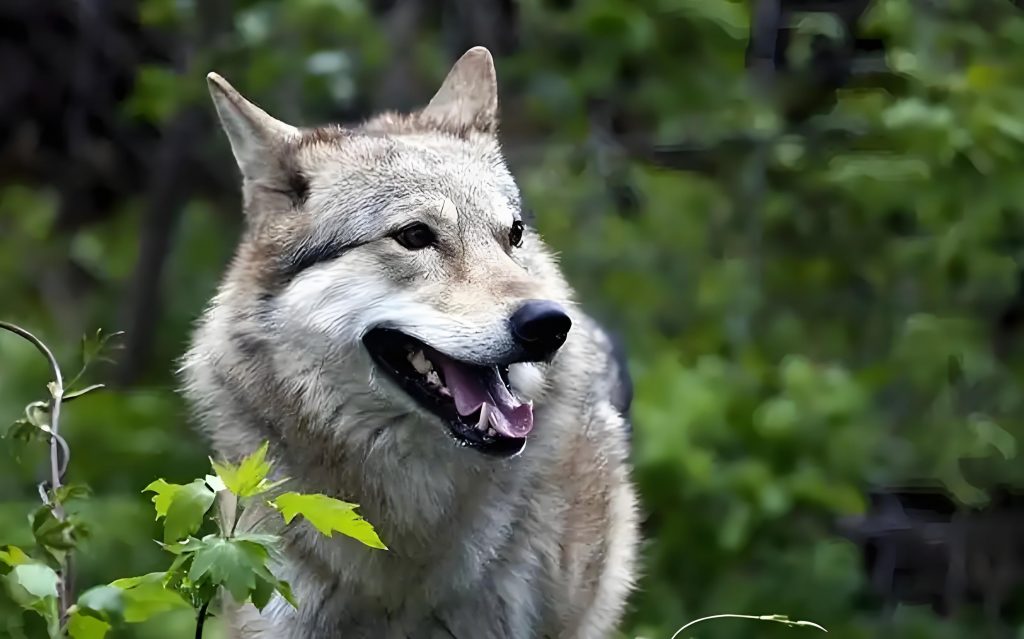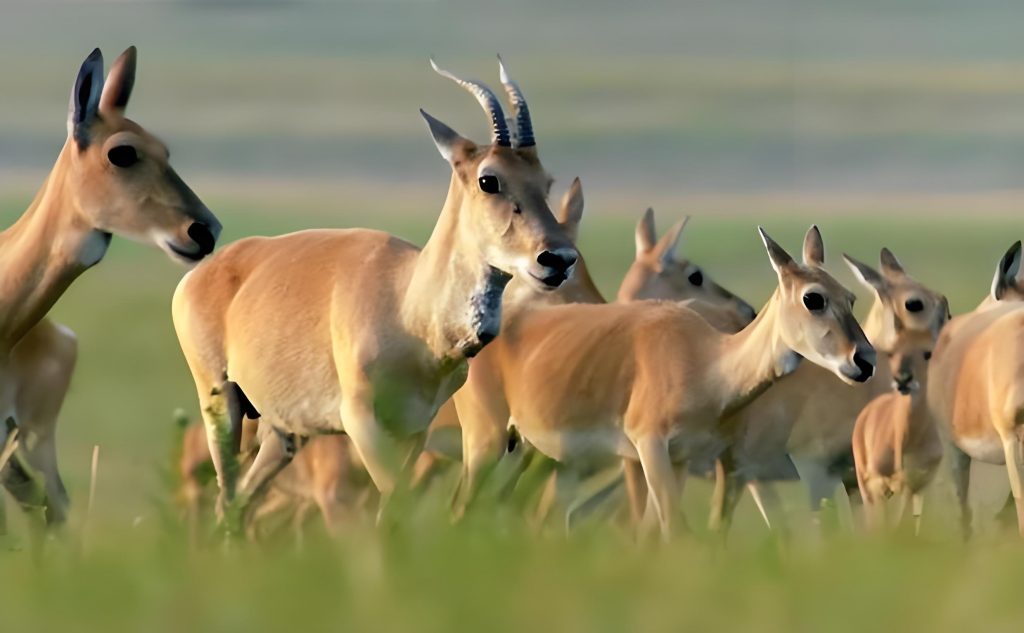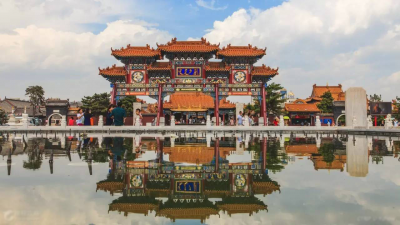■ Conference Venue For QR2MSE2025
(QR2MSE2025会议地点)
HOHHOT JUVA GRAND HOTEL (呼和浩特巨华国际大酒店)
(呼和浩特巨华国际大酒店(www.juvahotel.com))
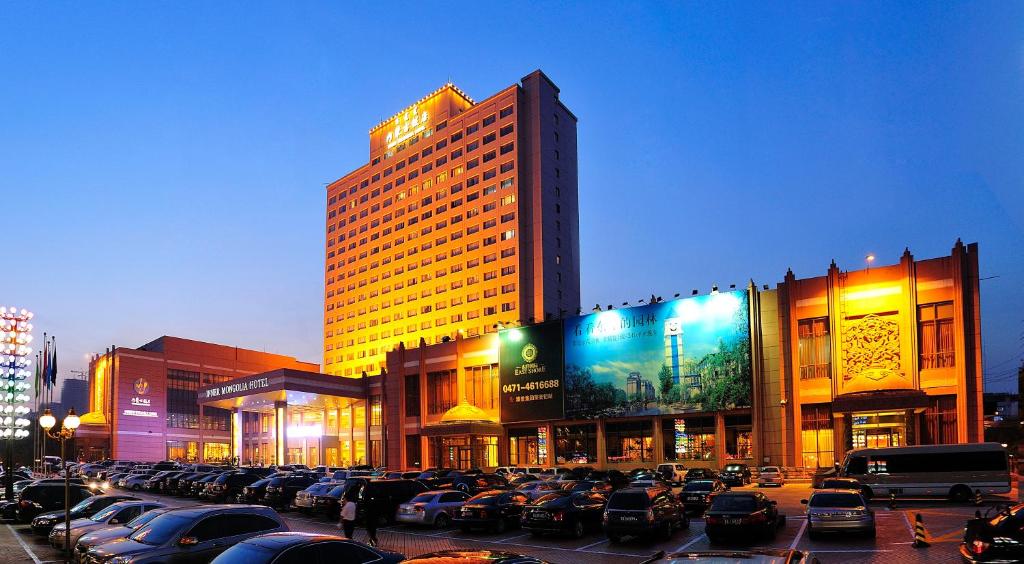
地址:呼和浩特市新城区成吉思汗大街20号
Address: No. 20 Genghis Khan Street, Xincheng District, Hohhot City, P. R. China
Add: At the red mark in the picture
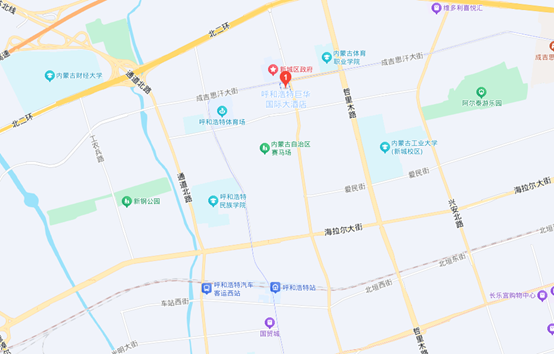
■ Hotel Booking (酒店预订)
| Room Type | Room Rate/ Per Night |
| Deluxe King | CNY 650 (About USD 90, including 1 breakfast); CNY 700 (About USD 97, including 2 breakfast). |
| Deluxe Twin | CNY 650 (About USD 90, including 1 breakfast); CNY 700 (About USD 97, including 2 breakfast). |
■ Hotel Introduction (酒店简介)
Inner Mongolia Juhua International Hotel Management Co., Ltd. Juhua Hotel is located at No. 20 Genghis Khan Street, Xincheng District, Hohhot City, adjacent to Genghis Khan Square. It is only a 15 minute drive from Baita Airport and Railway Station, with smooth driving routes and convenient transportation.
The hotel has a total of 27 floors, including the basement level, with a total construction area of over 65000 square meters. With a unique architectural style and well-equipped supporting facilities, it is a regional commercial landmark that integrates accommodation, catering, meetings, shopping, and leisure and entertainment. It is an ideal choice for business travel and leisure vacation.
Spacious and luxurious guest rooms with an average area of over 30 square meters, providing a comfortable stay experience;
Five uniquely styled Chinese and Western restaurants, lounges and bars, and 21 private and luxurious Chinese dining rooms, offering a feast for the senses;
The 360 degree rotating restaurant located on the top floor of the hotel offers a panoramic view of the beautiful scenery of Hohhot from a high altitude;
14 flexible multifunctional halls and a column free grand banquet hall with an area of nearly 1200 square meters and a height of 9 meters can meet the needs of various sizes of meetings and banquets;
Spacious ground and underground parking lots with over 200 standard parking spaces, capable of fully supporting customer needs.


